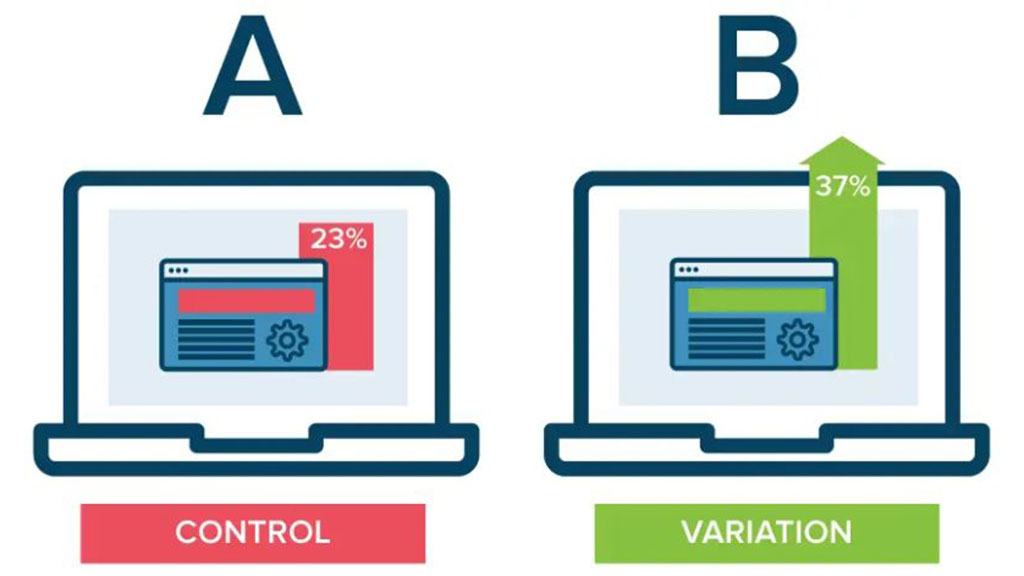Currently working on an A/B test, and I thought, why not demystify this process for everyone? Though it might seem simple to some, there’s a real art to effective A/B testing. Let me walk you through my process:
🔍 Identify the Element to Test: The first step in A/B testing is to choose what element (on a webpage, ad, email, etc.) you want to test. This could be anything from a button color to a headline or even an image.
🏹 Define Your Goal: It’s crucial to know what you’re aiming for. Want to increase clicks, boost conversions, or improve time spent on a page? This goal will guide your A/B testing process.
🅰️🅱️ Create Two Variations: Next, design two versions of your creative: a “control” (the current version) and a “variant” (where you’ve tweaked the element you’re testing).
👥 Split Your Audience: Now, divide your audience into two random groups. One will see the control, the other the variant.
🚀 Implement and Run the Test: Distribute your A/B testing variations to the respective audiences and start collecting data.
🔬 Analyze the Results: Once you’ve gathered enough data, analyze it. Look at your key performance indicators (KPIs) in relation to your defined goal.
🥇 Choose the Winning Version: If one version outperforms the other based on your KPIs, that’s your winner. If the difference isn’t significant, you might need to refine and retest.
🔄 Implement and Repeat: Adopt the winning version, but remember – the journey doesn’t end here. Continual testing and optimization are key to ongoing improvement.
Mediafy.pro A/B testing isn’t a quick fix; it’s a marathon. Patience is paramount, and remember to only test one element at a time to ensure clear results. Happy testing, everyone!







